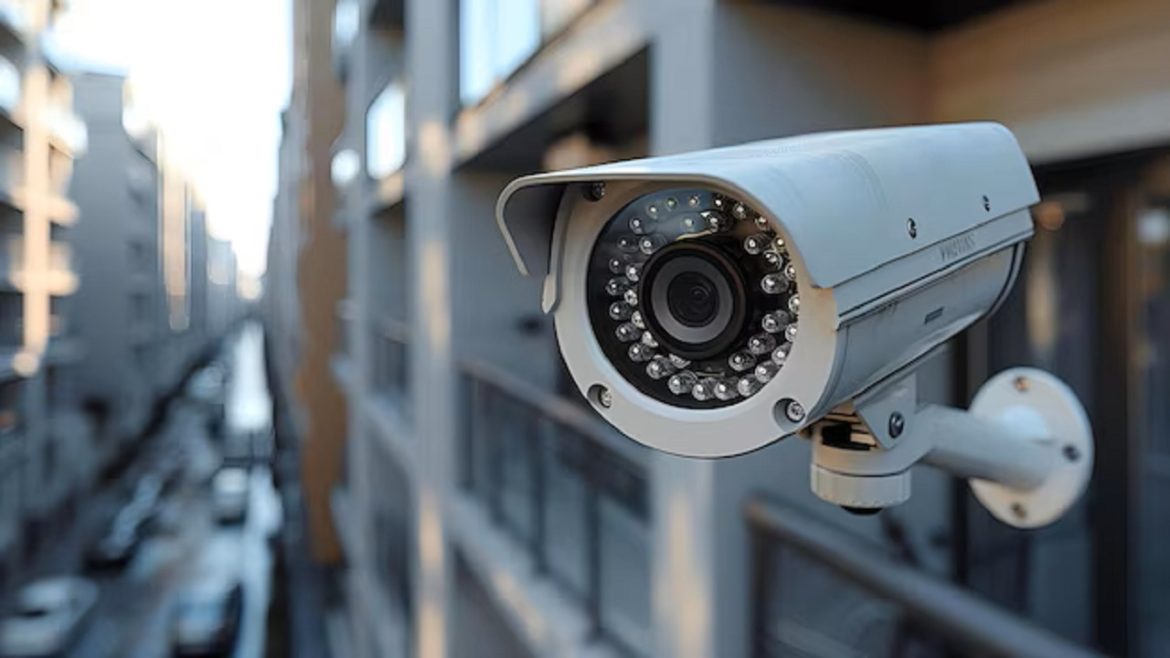As much as people would like to protect their homes, the neighborhood that one lives in has a lot of influence on the decisions made. Crime levels in your locality can determine the kind of security measures to be adopted, your level of security, and even your well-being. This is important for owners to learn so that they can have security and at the same time be in one compound so that they have a firm bond. Visit the site, www.aosulife.com/blogs/smart-home/10-signs-your-house-is-being-watched-by-robbers for more information.
Neighborhood Crime Rates: The Knowledge
Neighborhood crime rates are generally described in terms of different kinds of offenses such as burglary, theft, damage, and violent crimes. Residents use crime maps which are usually obtained from the police or through the internet to determine the level of security in their neighborhoods. Higher crime incidences often cause people to feel unsafe in their communities and feel the need to protect their property and loved ones. On the other hand, low crime rates of a specific region help in developing a more secure environment for other residents of that area which in turn makes the homeowners more comfortable with the security of their homes. However, it is crucial to state that crime does not depend on the numbers and may occur at any location.
How Crime Rates Affect Security Systems
Growing Need for Security Systems
Therefore, in areas that have higher ratios of criminal activities, there are always high rates of demand for home security systems. There is always greater security to ensure that a homeowner gain features such as security cameras by aosu, security alarms, and lights that are activated by motion. Security is amongst the most important factors affecting the safety of residents besides having equipment discouraging the intended criminals. Research has indicated that houses with security systems installed are not easily invaded by thieves.
Community-Based Security Solutions
They also increase the number of residents inclined towards local security activities. Neighborhood watch programs for instance promote a shared responsibility on the part of the residents involved. They create an environment where homeowners can together observe all unusual activities, exchange information, and form a system of security. Such community endeavors can go a long way in decreasing this rate of crime and at the same time, improving security.
Effects on Home Design and Gardening
People living in high-risk areas are forced to redesign their homes to improve security standards. This might include putting up barriers, having the option of utilizing the laying of thorny bushes, or making the entry and exit points illuminated. The selection of plants and other features can be very important in-home security, proper design can eliminate areas where intruders can hide while making the home and the community welcoming.
The Psychological Effects of Crime Rates
Fear and Anxiety
When people live in the affected areas, their levels of fear and anxiety because of bumps in crime rise tremendously. This stress may affect a patient’s everyday functioning, interactions, hobbies, and interpersonal relationships. Thus, homeowners might feel stuck and confine themselves on when and how they get out or use a particular area.
Perceived Security in Low-Crime Neighborhoods
On the same note, people who live in areas that experience little or no crime may feel that they are immune from being attacked. Although criminality within the country is relatively low, this guide underlines that security should not be overlooked. Residents of these regions fail to appreciate the value of active protection assuming their houses are secure despite the lack of preventive measures.
The Use of Technology in Decisions on Home Security
Smart home technology has revolutionized the way people think about home security. In the high-crime areas, people may want to spend their money on smart security options. Such devices can range from security cameras that are accessed remotely, to smart doorbells, and even alarms that are managed through smartphones. Technology like this not only improves security but also applies control to the homeowner’s hands through remote investigation.
Conclusion
It is quite clear that crime rates in a particular neighborhood do affect the level of home security. Homeowners must be on the lookout and be prepared to act, no matter what the crime rate of the area they live in. This means that residents in the different neighborhoods will be informed of the relationship between crime rates and security. In this way, the residents are capable of effectively getting more involved with neighbors, sharing much valuable information as well as participating in any local programs that will help make the community safer to any of its inhabitants.
